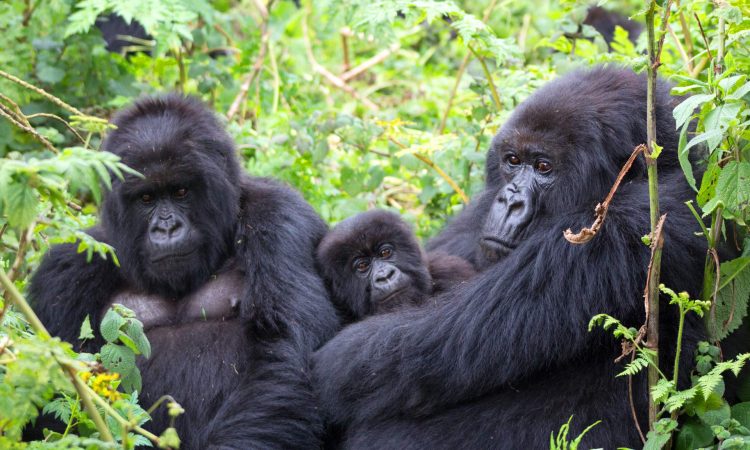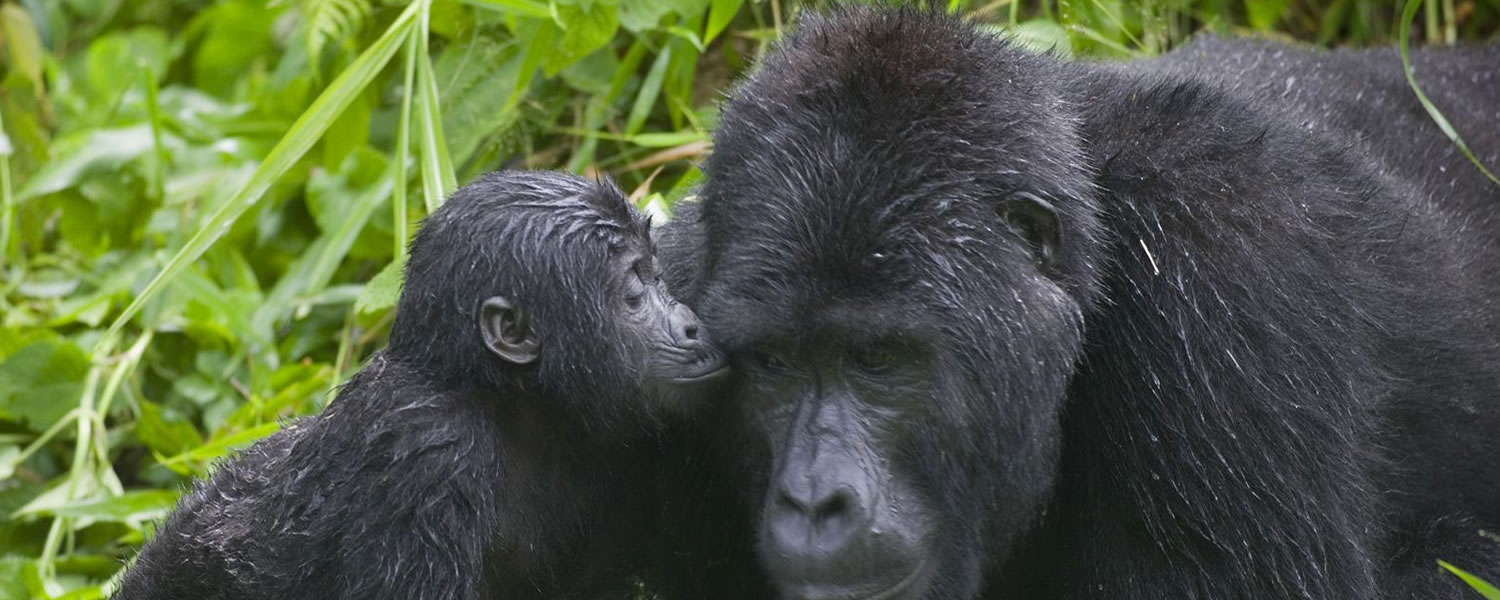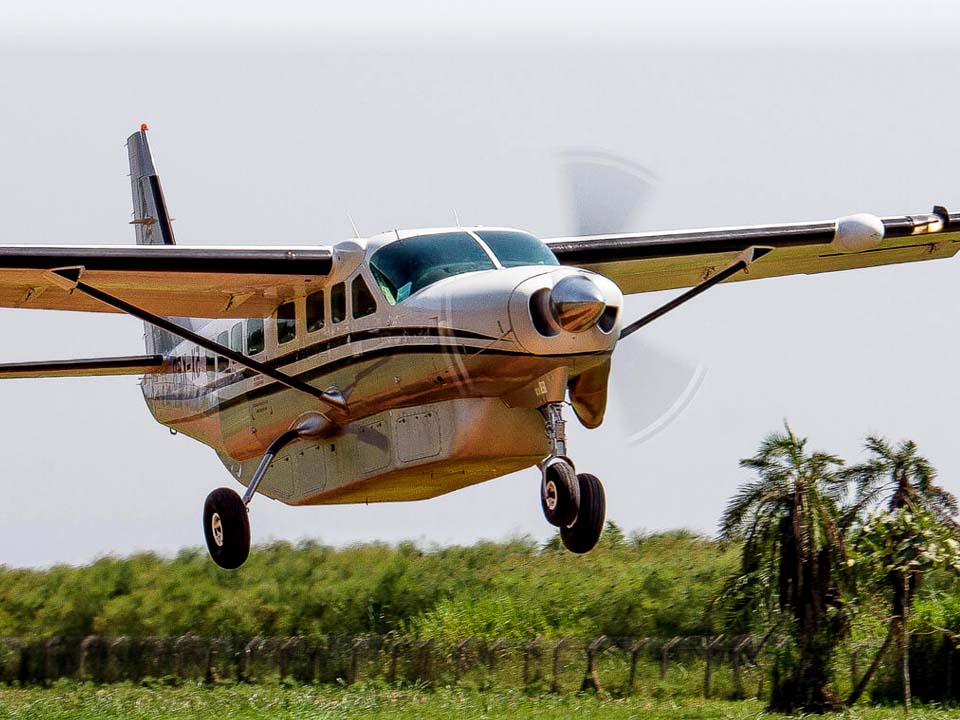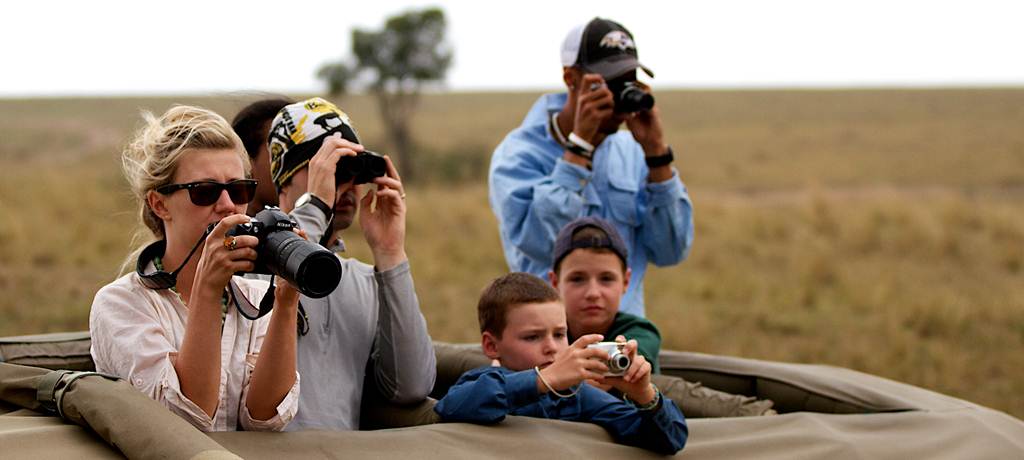
Frequently Asked Questions About Mountain Gorillas
Gorillas are the largest primates on earth and live in the central and eastern parts of Africa. With a 98.3% DNA sharing with humans, gorillas have a close likeness with man and this is seen from their human-like behaviors and emotions. This makes them our closest cousins after chimpanzees.
Gorillas are herbivores and are known to spend most of their day feeding on the plants in their habitats. They are divided into two species; the eastern and western gorillas which are further divided into 4 subspecies; cross river gorillas, the mountain gorillas, the western lowland gorillas and the eastern lowland gorillas.

Of these species, mountain gorillas are one of the most sought after by adventure travelers who wish to have a remarkable experience of tracking the primates in their own habitat. Mountain gorillas can only survive in their natural habitat and they are only found in Uganda, Rwanda and the DRC.
Uganda’s Bwindi impenetrable national park inhabits the highest population of mountain gorillas- reason it’s the number one destination for gorilla tracking in Africa.
What is gorilla trekking?
Gorilla trekking is an on-foot adventure taken through a forest in search of gorillas. When trekking mountain gorillas, only 8 people are allowed to go trekking in guidance of a ranger guide.
Where can I trek mountain gorillas?
Mountain gorillas, as earlier mentioned have a limited habitat extent, they are found in only three countries- Uganda, Rwanda and Democratic Republic of Congo. The apes span four national parks; Bwindi impenetrable national park and Mgahinga Gorilla Park in Uganda, volcanoes national park in Rwanda and Virunga national park in the DRC.
What do gorillas eat?
Gorillas are herbivorous animals. They mostly feed on tree stems, fruits and shoots. However, they can also take in snacks like termites and ants.
Are gorillas dangerous?
Let it be in a zoo, sanctuary or national park, all wild animals are considered potentially dangerous and should be treated as such. However, gorillas and mountain gorillas in particular are not that aggressive because they go through a habituation process for a number of months which prepares them to become familiar with tourists. When tourists spot a habituated family of mountain gorillas, these apes may go on with their day activities and seem not to mind, but it is advisable not to provoke any of them. Also, maintain silence, stay 7meters away and avoid making noise.
What are gorillas afraid of?
Gorillas are much sacred of reptiles like caterpillars and chameleons. They also fear waters and have been observed to cross streams only after ensuring they the water is not too much to get them wet.
How do gorillas communicate?
Due to the human like features of these apes, gorillas use different methods to communicate; vocalizations, body postures and facial expressions.
How strong are gorillas?
Gorillas are ten (10) times stronger than human beings. They have a muscular body like that of a human bodybuilder. A silverback gorilla weighs 130-227kg on average.
When is the best time to see mountain gorillas?
The best time recommended to go for gorilla trekking is during the dry season (June to September and December to February) although it is still possible to do it during the dry season. However, the weather of the rainy season makes the adventure more challenging because tracks are slippery and hard to hike.
This Gorilla FAQs guide is an important article to help tourists planning for a gorilla safari in Uganda to plan for their next trip. If you have any other questions regarding gorillas and gorilla trekking, contact us through info@mumwesafarisuganda.com or +256-700135510/ +256-414699459.



